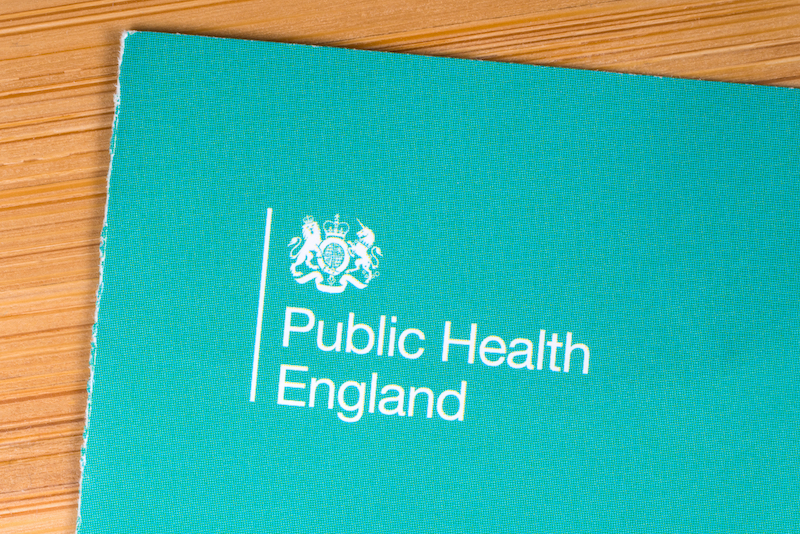The demise of Public Health England leaves key sugar reduction targets in limbo

The UK government’s surprise decision this week to disband Public Health England (PHE), which is an executive body of the NHS, has caused more than a few ripples of disquiet within both the political and business world.
Firstly, the fact the move to axe the health body, which recommends key areas of policy and is funded at level of over £2 billion a year, was unceremoniously ditched without any parliamentary debate, has raised alarm bells among many observers as to the speed of this decision.
According to Health Secretary Matt Hancock, the organisation, which itself was only established seven years ago, will be merged with the Joint Biosecurity Centre and NHS Test and Trace, to be known as the National Institute for Health Protection. While he praised the work of PHE, many across the political divide are of the view that it is in fact being used as a scapegoat for the government’s performance in response to the coronavirus pandemic – which has left the UK with the highest death toll in Europe.
Why might the demise of PHE be significant to the confectionery sector? Well, the most glaring reason is the much publicised campaign that sought to drive sugar reduction within the confectionery and wider food and drink sector in 2017 is now effectively dead in the water.
The initial annual results of the (voluntary) scheme, showed that chocolate manufacturers, with the exception of a couple of high profile instances, had failed to engage with the issue, and were unable to meet the sugar reduction target of just 5% of the first year of the health initiative. Figures for industry’s performance in 2019 have, as far as Confectionery Production is aware, not been made available, and that elusive target of 20% sugar cuts has not been attained by anyone in the industry.
Campaign groups including Action on Sugar have long lobbied that such drives should be made mandatory such as in the successful tax on carbonated drinks that forced manufacturers to amend their ways or face financial penalties. This has been widely hailed a success, though it is interesting to note that a high profile national newspaper campaign (which I shall not name), claimed that such health schemes were simply ‘nanny state interference’ and had never made any traction at all on changing consumers habits – it’s a statement which is simply not true.
The reality is that reformulation of confectionery products is possible – expensive undoubtedly in research and development time, yet it’s something that can, and in the eyes of many, should be done to avoid further fuelling the obesity crisis the UK and many other countries are facing.
However, that’s not to say that we can’t all enjoy some luxury treats – especially amid these challenging times. It’s just a question of applying a little moderation that is sometimes lacking in us all when it comes to selecting some of our favourite pieces of comfort food. But as major manufacturers including Cargill, Cadbury and Barry Callebaut have all shown, sugar reduction can be done without losing taste.
As Confectionery Production reported only last week, a major 14-year Belgian university project to come up with a plant-fibre based alternative, Zusto, has now been completed, and joins a number of other products that are slowly finding their way to market, including a recently announced sugar reduction system from Bunge Loders Croklaan, which is expected to hit the market shortly.
Clearly, the big challenge comes in altering the long-held public perception that less sugar is bound to mean a less satisfying confectionery treat. This is something will take major marketing and education campaigns to filter through into changing purchasing habits. Some sugar reduced confectionery has already fallen by the wayside, such as the Nestle’s Wowsome bars, which were removed from the market after short spell. Others, have been considered more of a success such as the Cadbury Dairy Milk 30% reduced sugar, though whether this reaches the require sales for the business to install such measures on its other ranges has yet to be seen.
So perhaps it is indeed a question of watch this space as to whether there will be any major commercial breakthroughs on this long-running saga. But with the targets set by PHE now seemingly in limbo as the organisation is subsumed into a new health body, it may well be some time before we gain any renewed clarity on this issue.
- Keep in touch at [email protected] and via social media @confectionprod



